3D printing is now more accessible than ever, with a range of models suitable for beginners and professionals. With our growing range of DIY easy assembly or ready-built FDM 3D printers you can find the perfect model to suit your needs, and get started in the exciting world of 3D printing.
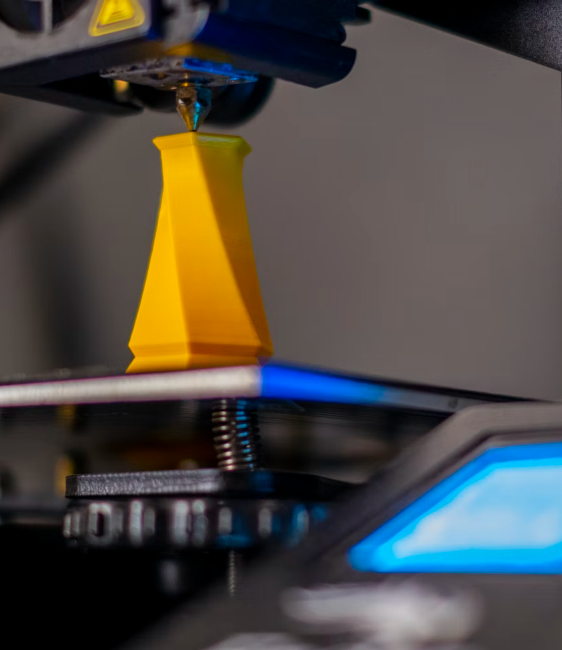
If you are brand new to 3D printing, it might seem like there is a lot to learn before you can start having fun. If you can understand the basics, then the rest of the knowledge will come from using your printer - such as knowing what temperatures work best for each material on your specific printer, for example. However, this is very similar in difficulty to choosing the right quality settings when printing on a traditional inkjet printer.
The easiest way to being understanding 3D printing is to differentiate between FDM (filament printers) and SLA/DLP/LCD (resin printers), which are the two most common techniques used by hobbyists, enthusiasts, and many professionals. In this guide we'll talk about these two types of 3D printer.

FDM stands for Fused Deposit Modelling, and is also be known as FFF (Fused Filament Fabrication). This process usually involves filament being pulled through an extruder and into a printhead, then printed on a platform via a nozzle which is heated until the filament becomes molten. The nozzle moves around on gantries, rising a tiny fraction on the Z-axis each time a layer is complete, building the print model layer by layer. The filament dries quickly and hardens once it leaves the nozzle using fans attached to the printhead.
Benefits of filament 3D printing:
The simplistic and intelligent filament 3D printing process enables you to create detailed prints of varying sizes, and leaves you with a fairly solid and impact-resistant model when complete. For large, hollow models, a honeycomb shell is printed inside the model to add stability, but also to reduce print costs and material usage. Post-print, you can remove any trailing filament quickly and easily with small tools, and no further curing time is required. With constant developments in the space, filament 3D printing is a rapidly evolving process that continues to get cheaper, easier and more advanced.
SLA (Stereolithography), DLP (Digital Light Processing) and LCD (Liquid Crystal Display) are processes that use light-reactive thermoset materials - commonly called polymer resin or just resin - for 3D printing, but there are differences between each process.
Instead of layering the print model using a nozzle, SLA uses a more complex method, where a transparent-bottomed resin tank is filled with uncured polymer resin, and placed on a bed. Beneath the tank, a UV laser cures the polymer resin selectively in layers from the bottom up. This is called the polymerization process.
DLP uses a digital projector as the UV light source, projecting onto a pixelated screen, to cure each layer of resin, and LCD uses an LCD display module to project specific light patterns for curing each layer. In both cases, the only areas of the screens that are lit are those that will be printed. This video explains resin printing in detail.
Benefits of resin 3D printing:
Though there are significant benefits for those wanting to print retail-ready products or for high detail prototyping, resin 3D printing does have some drawbacks that certain users cannot reconcile. One is the labour-intensive operation, handling and post-curing processes that come with resin printing. There is a higher cost, too, as you will use extra material in adding stability, as resin prints are not as strong as filament prints. Raw resin materials usually cost around 25% - 50% more than filament materials, also. Unfortunately, the resin material can also be prone to weather/sun damage, which makes them less than ideal for outdoor use cases.
At CCL, we offer a range of popular, high quality FDM 3D printers from market leaders, Creality, Elgoo, Anycubic and Flashforge, which enable you to print with a wide variety of ABS or PLA materials.
There is virtually no limitation on what you can build with a 3D printer, other than your own imagination.
There is no shortage of 3D models for you to print, as you can see from websites such as: -
Most of the above resources offer free 3D designs which you can download, edit and print yourself! These websites also offer paid resources, which include highly detailed specifications and schematics for intricate builds.
You will need 3D design software such as free applications like Blender or Fusion 360 if you want to create your own or edit downloadable designs. There are hundreds of free tutorials on how to use this software for 3D printing, and there are many 3D makers and enthusiasts on YouTube who offer support if you need it.
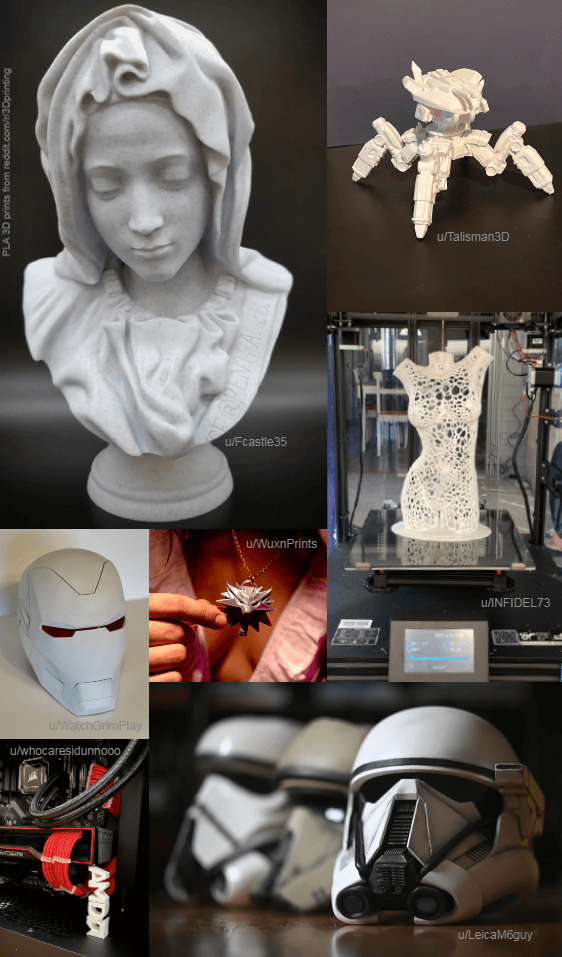
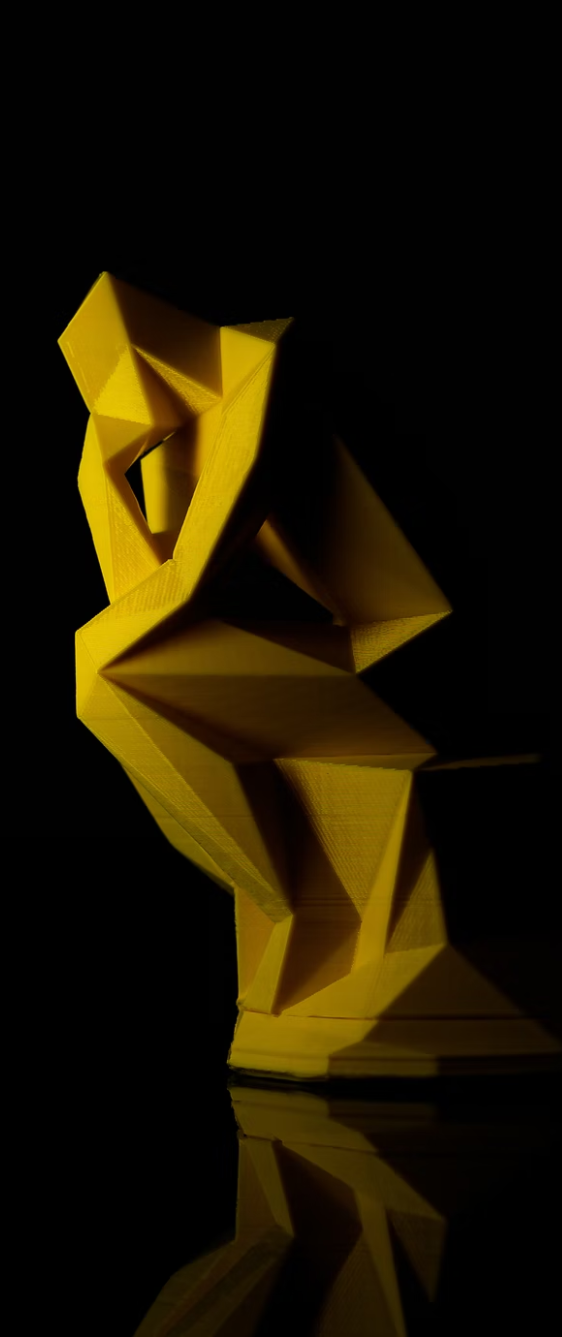
Assuming you want low cost hobbyist or professional 3D printer that will allow you to create detailed, weather-resistant and stable prints, you will most probably opt for an FDM filament 3D printer.
Depending on what you want to print, how fast you want to print it, and what you intend on doing with the finished creation, there are a few things you should look for in a 3D printer: -
You will need the following: -

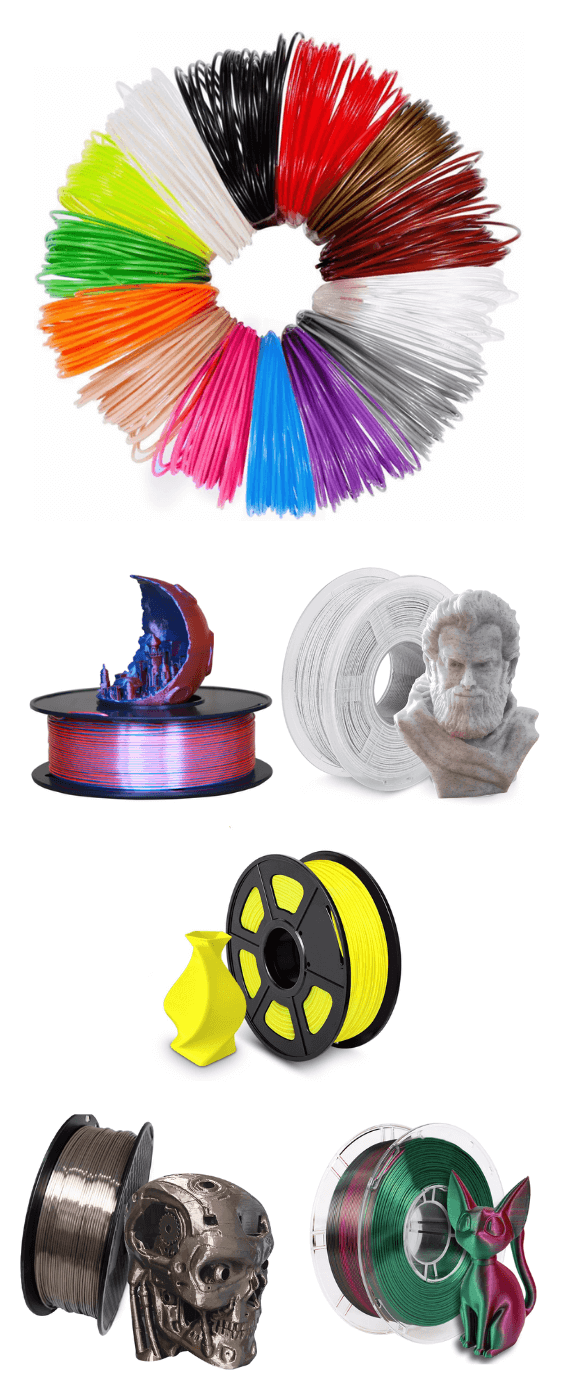
ABS stands for acrylonitrile butadiene styrene, and is widely used in plastic manufacturing around the world, being used in injection moulding and when a durable plastic is required. The plastic derives from petroleum, and produces toxic, unpleasant smelling fumes when used in 3D printing. ABS suffers from a high degree of thermal shrinking during cooling when used in a 3D printer, but is excellent for sanding and can be used with acetone vapours to produce a shiny, smooth finish. ABS is used in functional items such as spare parts and tools.
PLA stands for polylactic acid, which is a biodegradable polymer derived from any sugar (corn starch, sugar cane, sugar beet, or cassava etc.). This makes it a compostable bioplastic, and carbon-neutral, making it environmentally friendly in mass production. PLA is the most popular filament material used with FDM 3D printers, as it produces a vibrant finished product, and is a practically easy to use as a material, rarely clogging. The downside is that it is often susceptible to shattering if dropped, and not very heat-resistant, melting in direct sunlight. PLA is best for prints that don’t have any specific functional requirements, like models or art.
PETG - or Polyethylene terephthalate glycol - offers an alternative to ABS where temperature resistance, flexibility and durability is needed. PETG is often used in bottles or food-safe applications. PETG is great for products that may come into contact with food or drink, and has practical uses in functional applications.
There is no clear winner in these three materials, and there are applications where all can be the most practical choice. Cost-wise, there are differences, but this is reflected in the application of the finished article.
FDM (filament) costs can be significantly lower in start-up and running costs. A spool of blue coloured PLA filament costs around £15.00 per kg, ABS filament around £29.59/kg and PETG at £15.00/kg, where black resin costs around £24.50 per kg*.
Running costs can often rack up with resin 3D printing, as you may need to introduce much more stability during the print itself - meaning more support structures in and around the model, and more resin used. Filament printing, on the other hand, hardens quickly during the print, so fewer support structures are needed.
*July 2022 pricing
Additives can produce spectacular results, and allows you to change the properties of the finished model. It is possible to add a diverse number of additives to your filament, including wood fibres, metal, magnetic materials, carbon fibre, and - believe it or not - marble.
In a direct extrusion system, an extruder is mounted on the printhead, extruding filament into the heated nozzle. A Bowden system generally sees the extruder mounted on the framework of the 3D printer, and filament travels through PTFE tubing to the printhead.
Direct drive extrusion means better reliability, and a reduction in clogging, as the extruder is so close to the "hot end", or the printhead. Lower motor power is also required due to the distance from the extruder to the nozzle.
As the extruder is mounted to the printhead, this adds some weight to the gantry arm, which means slower movement and potential accuracy loss due to vibrations. With everything mounted on the printhead, this can cause some issues in maintenance, too, with very little room to manouvre.
In comparison, a Bowden setup means there is less weight on the printhead itself, resulting higher accuracy and faster prints. The cons, however, are potentially more clogging issues in the PTFE tubing, and slower travel of filament to the extruder. If the filament is abrasive in nature, this can also cause it to bind with the tubes, though this is less of problem in modern 3D printers.

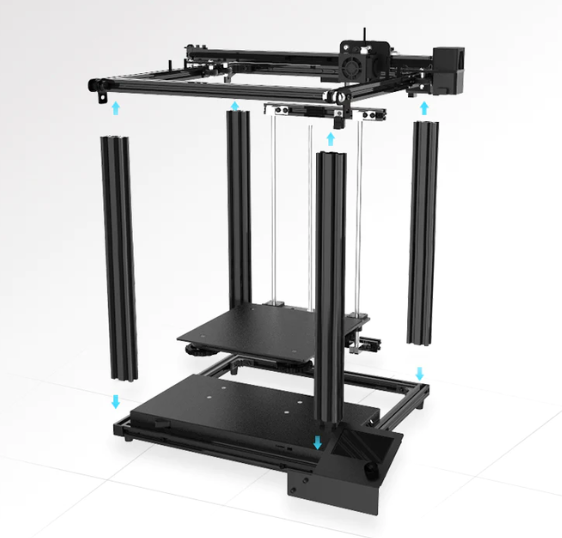
Assembling a DIY 3D printer is no more difficult than putting together any other self-assembly product, such as a desk or gaming chair. All manufacturers of DIY 3D printer kits supply full, detailed instructions, and it requires very little technical knowledge to complete the kit.
The difficulty comes in aligning all of the parts of the framework, and screwing in any small, fragile parts, though if you have any experience building or upgrading a PC, this will not pose much of a problem.
Before undertaking a build, it is helpful to watch a video of your specific model being built or in operation, so you get a good understanding of how it works. Most of the 3D printers at CCL have videos you can watch on the product page, so this should help.
Yes. We offer various finance options, with flexible payments depending on the price of the printer.